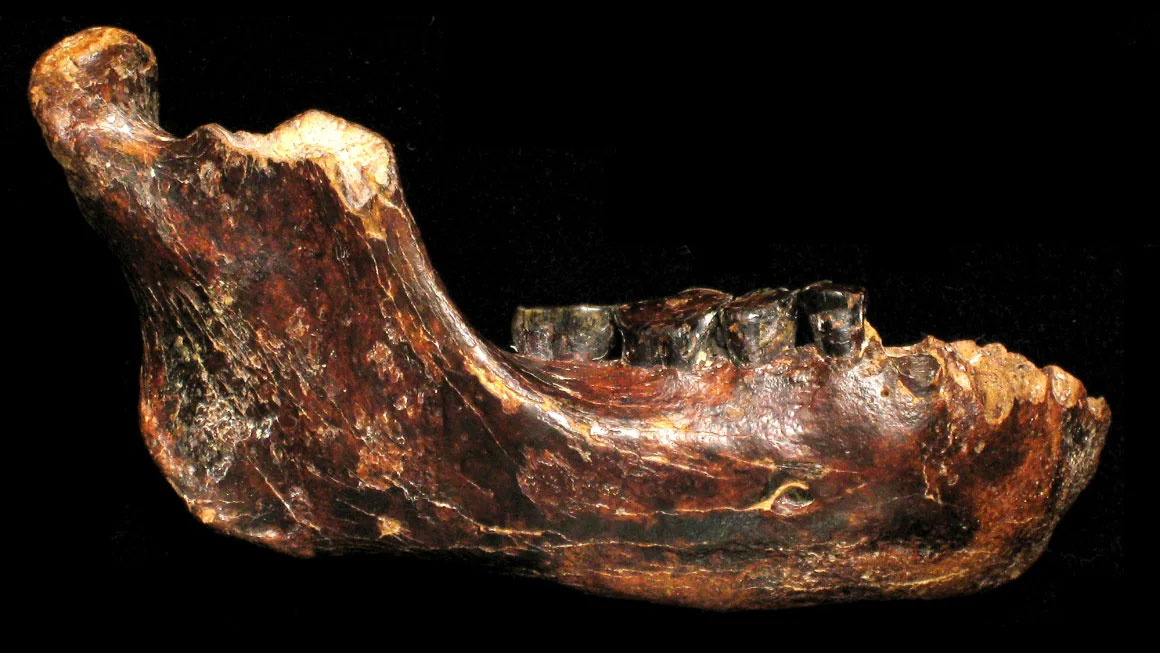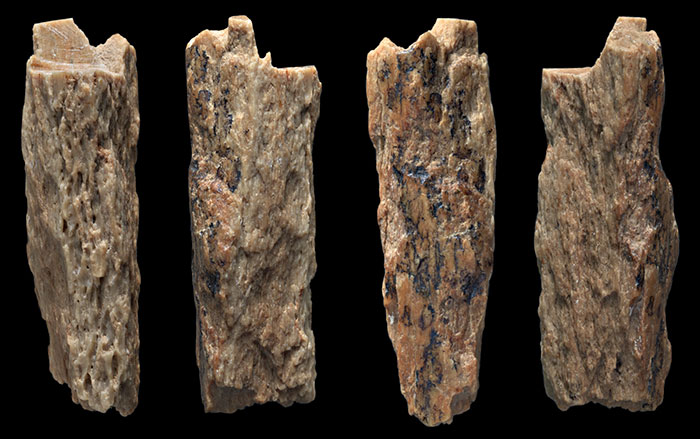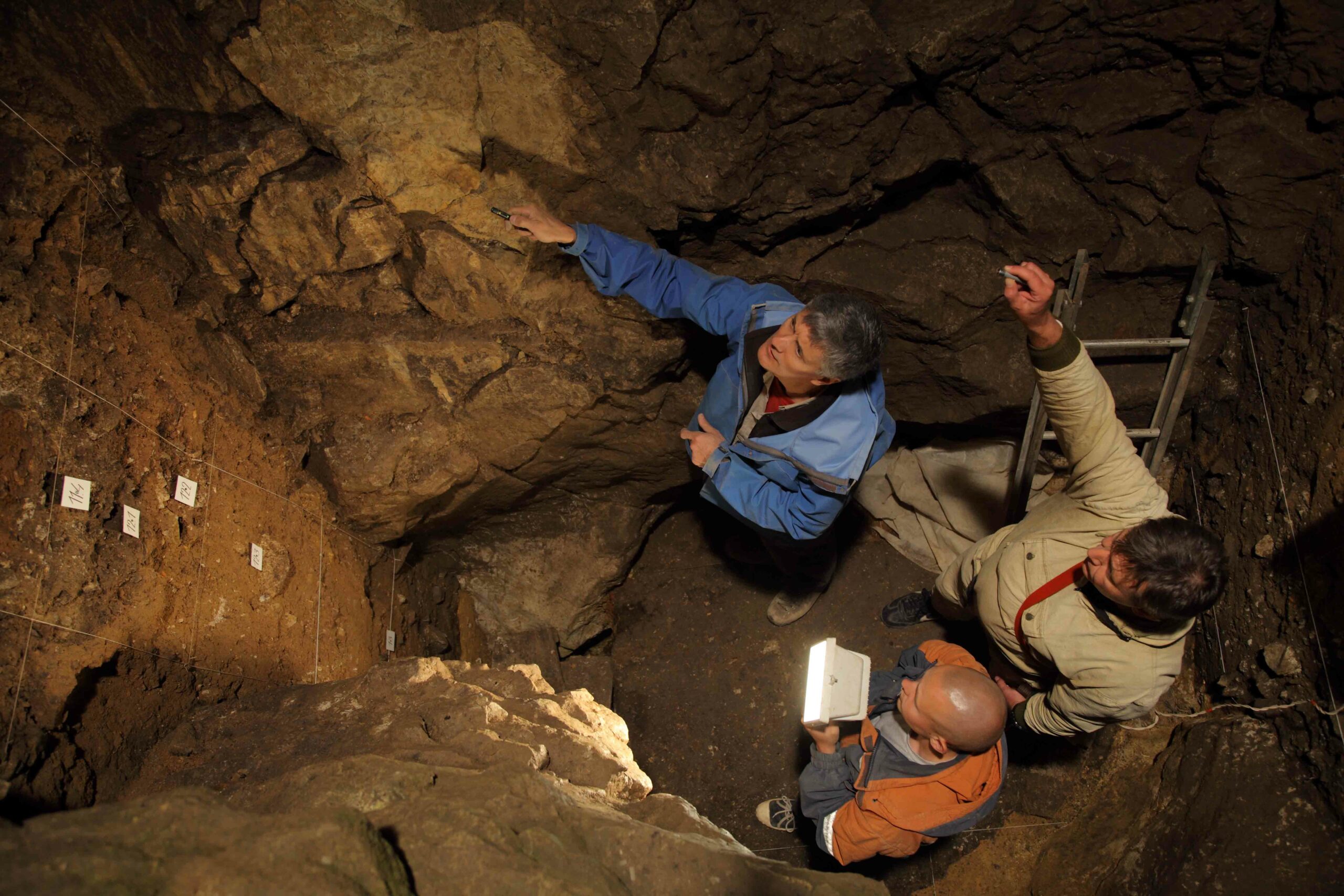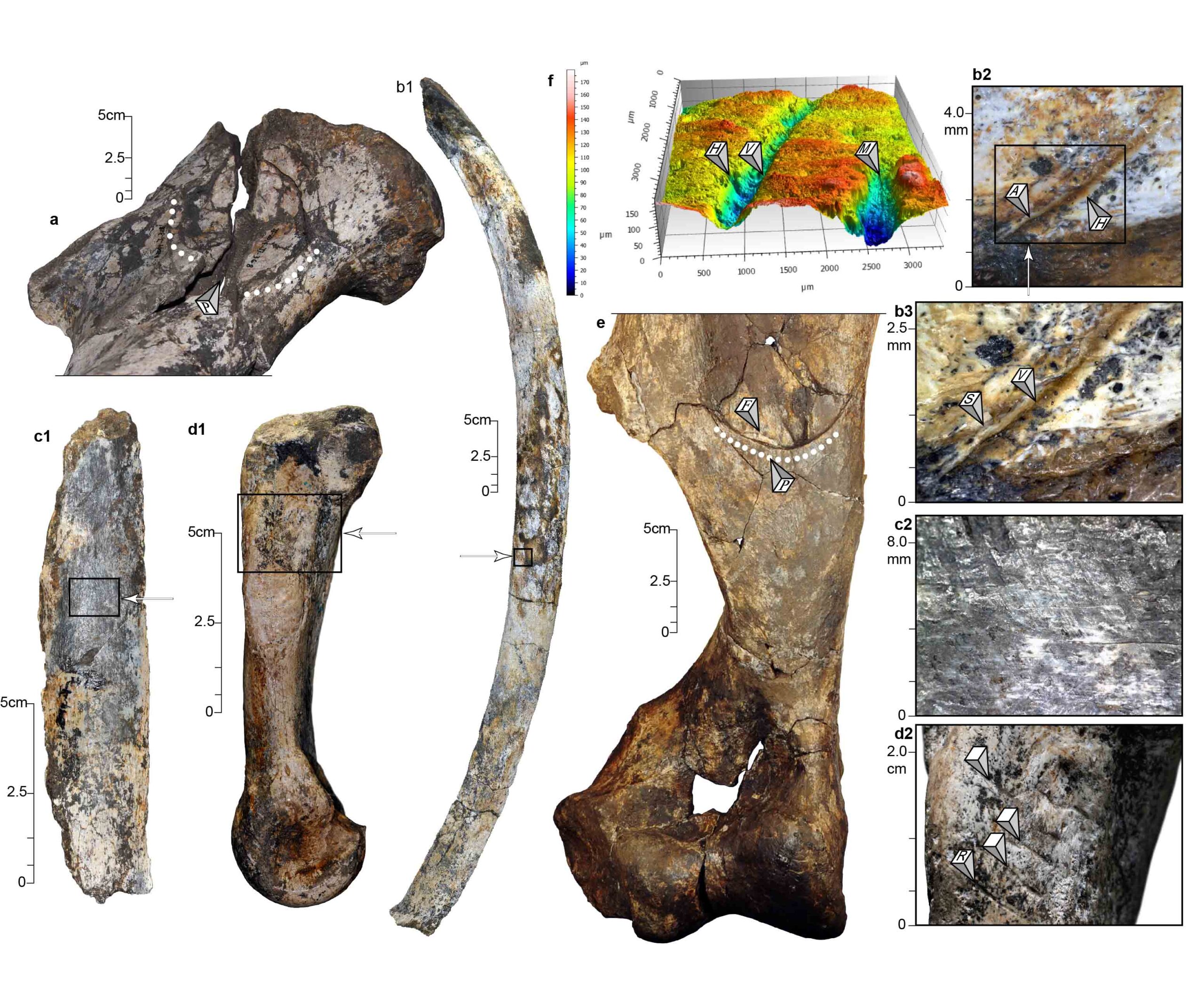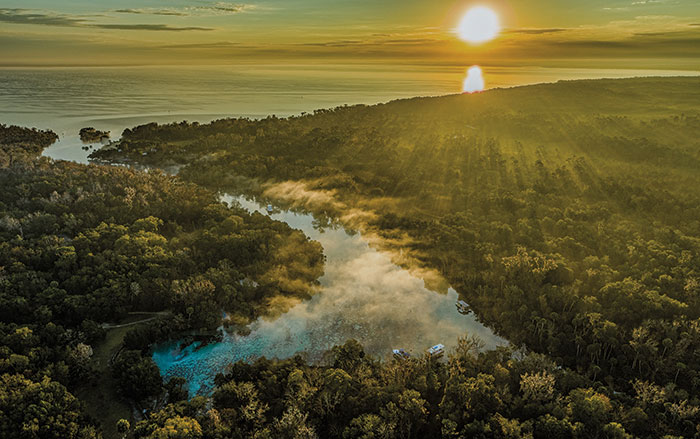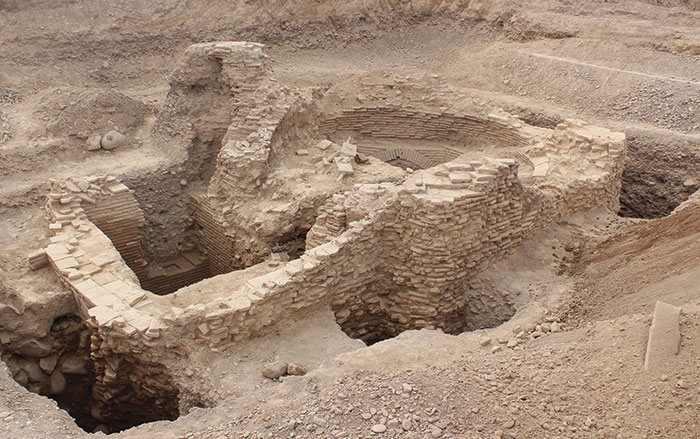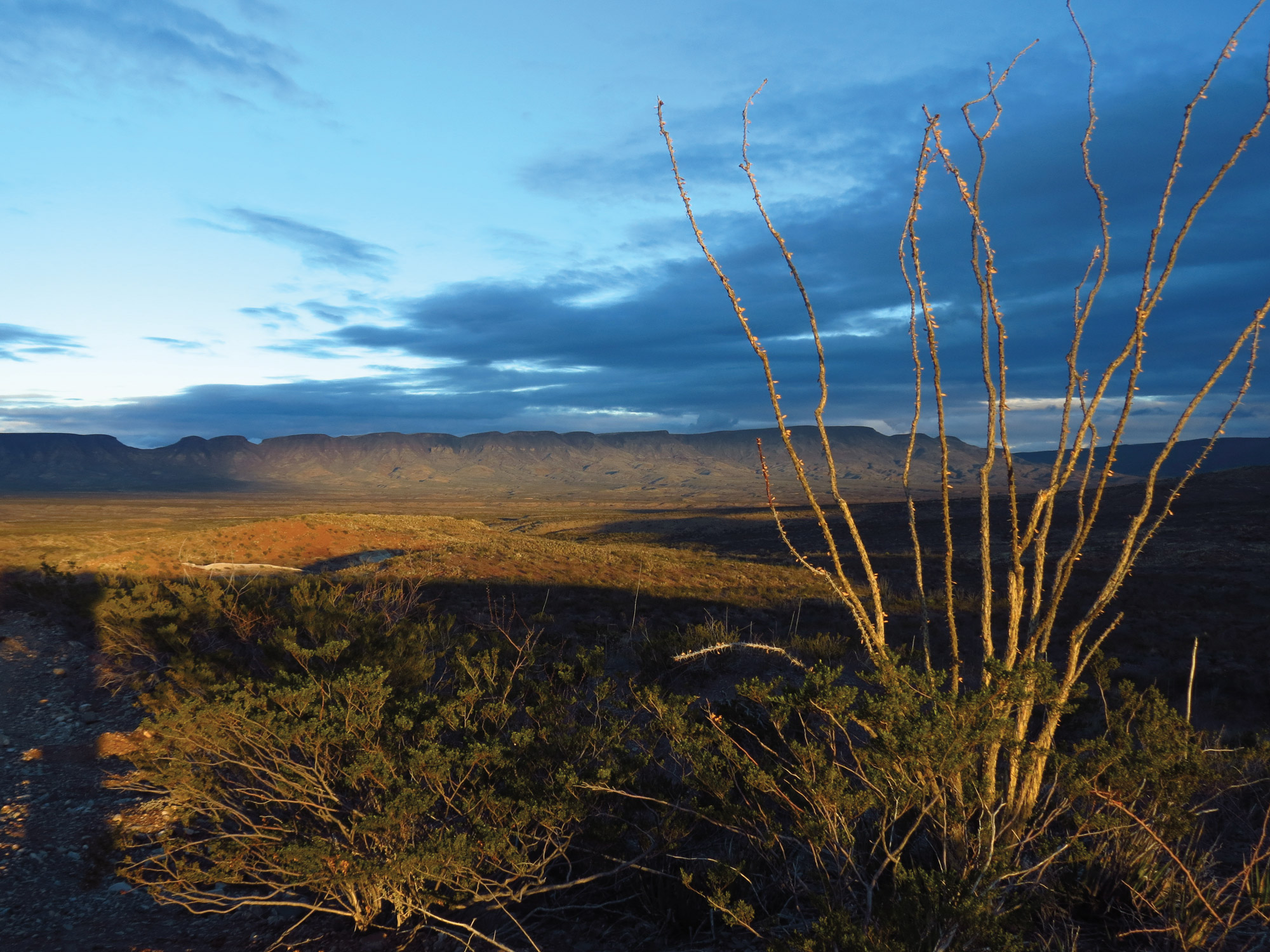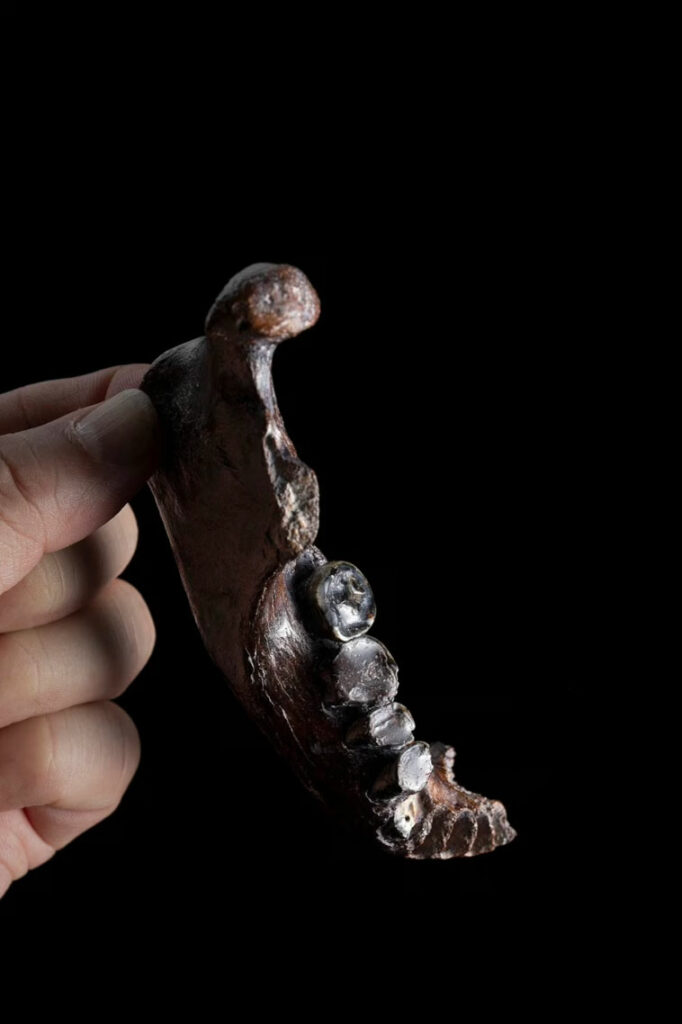
PENGHU CHANNEL, TAIWAN—According to a report by Reuters, molecular analysis has determined that a jawbone recovered from the seafloor off the coast of Taiwan came from a Denisovan. Denisovans are an extinct human species that were not known about until 2010, when a finger bone was unearthed at Denisova Cave in Siberia. This new discovery marks only the third place that Denisovan remains have ever been found, along with Russia and China’s Tibetan Plateau. The researchers believe that the mandible, which still had five attached teeth, belonged to a male individual who lived between either 10,0000 and 70,000 years ago or 130,000 and 190,000 years ago. This shows not only that Denisovans inhabited wide swaths of Eurasia but that they also lived in very different environments. “We have so little archaeological and fossil information about Denisovans that we can only speculate as to why they disappeared," said University of Copenhagen’s Frido Welker. “A lasting legacy, though, is that some human populations in East and Southeast Asia carry some Denisovan ancestry in their genomes today.” Read the original scholarly article about this research in Science. To read about the discovery of Denisovan remains on the Tibetan Plateau, go to "Denisovans at Altitude."


